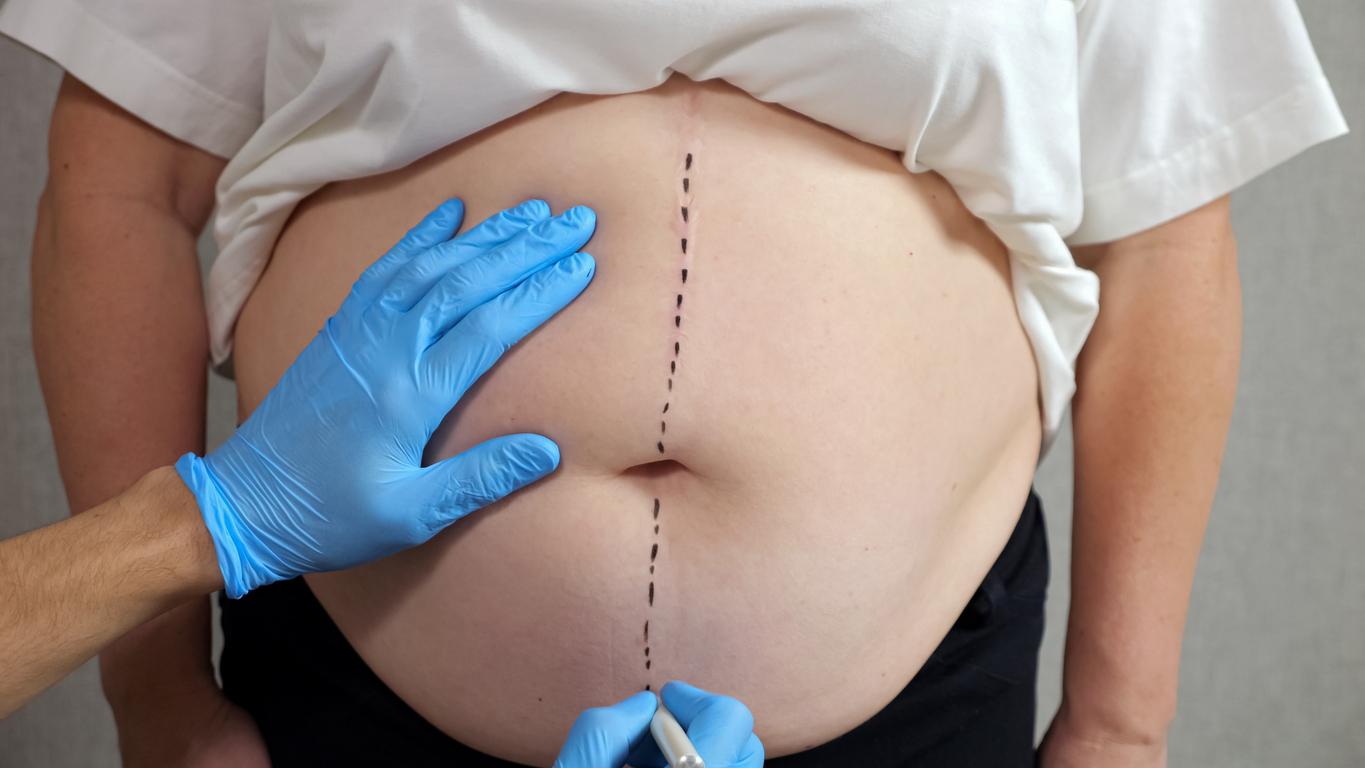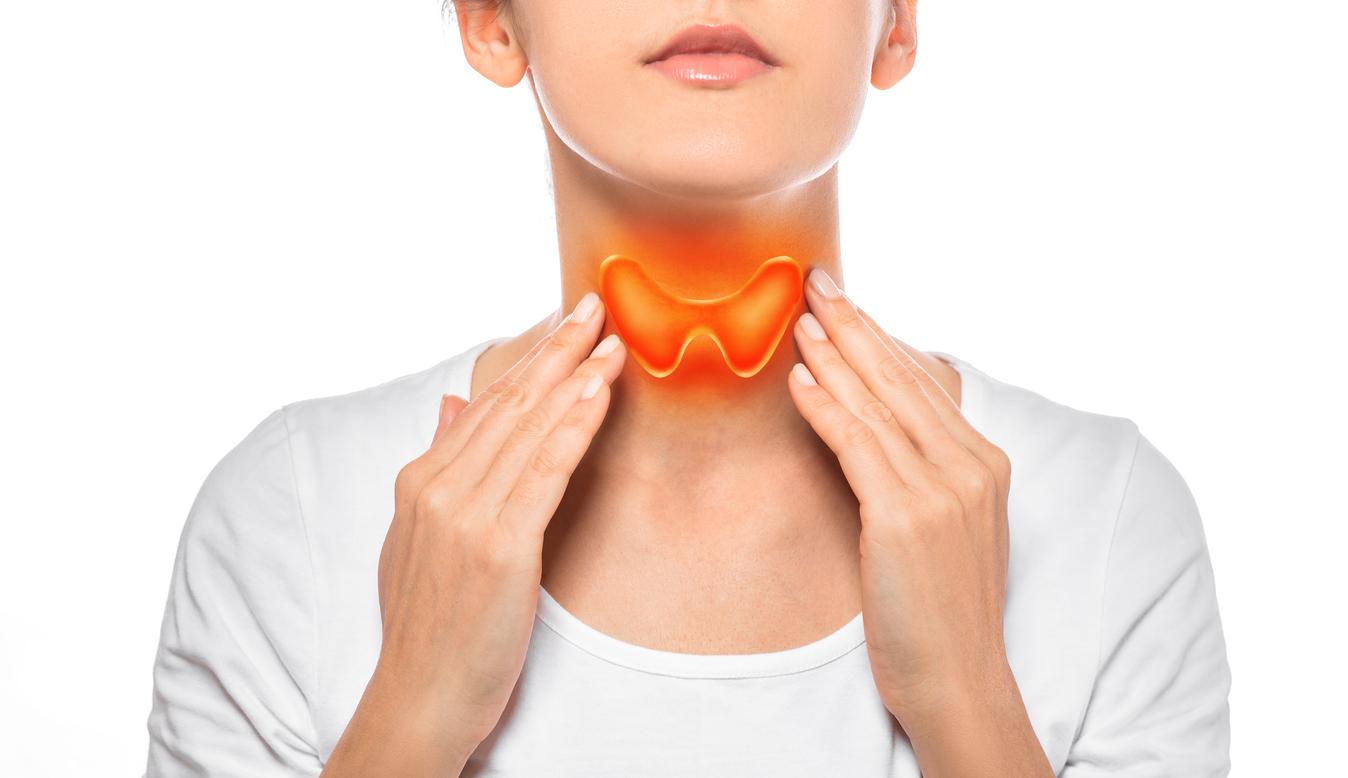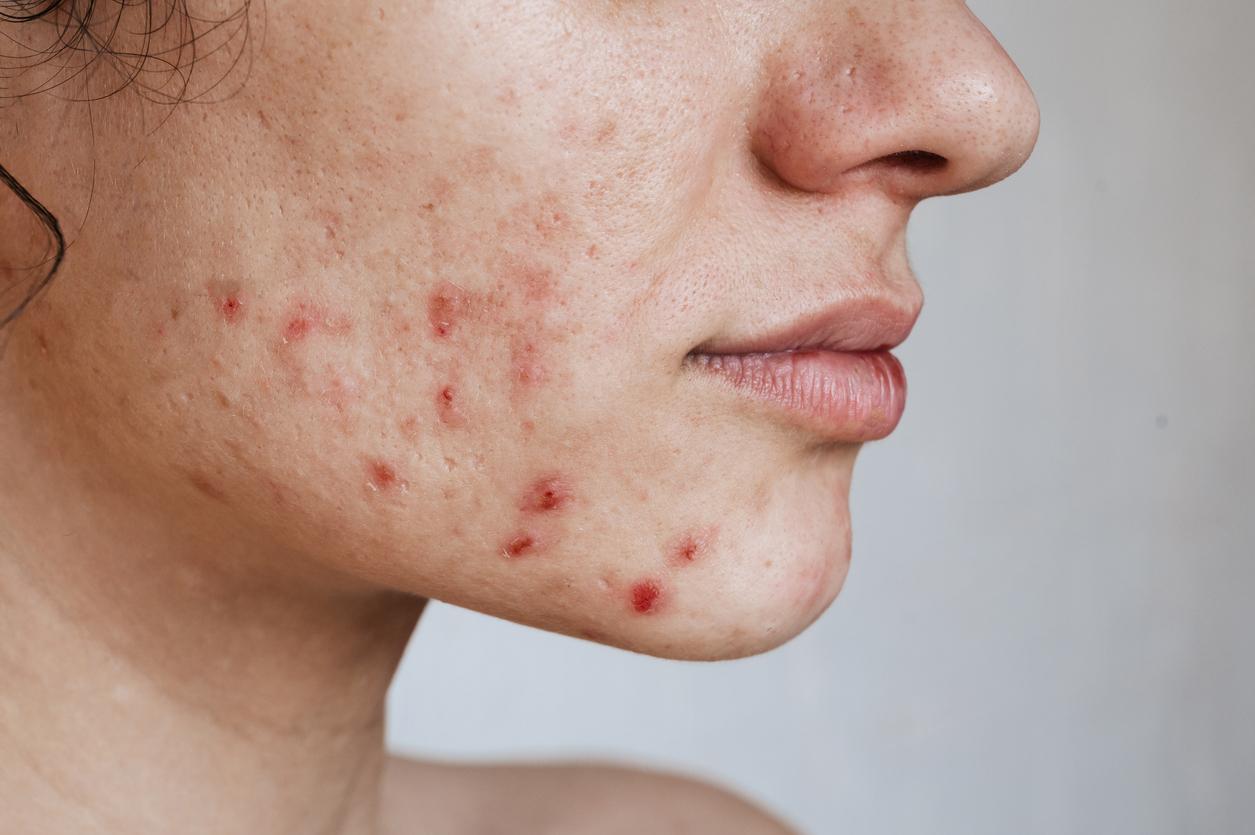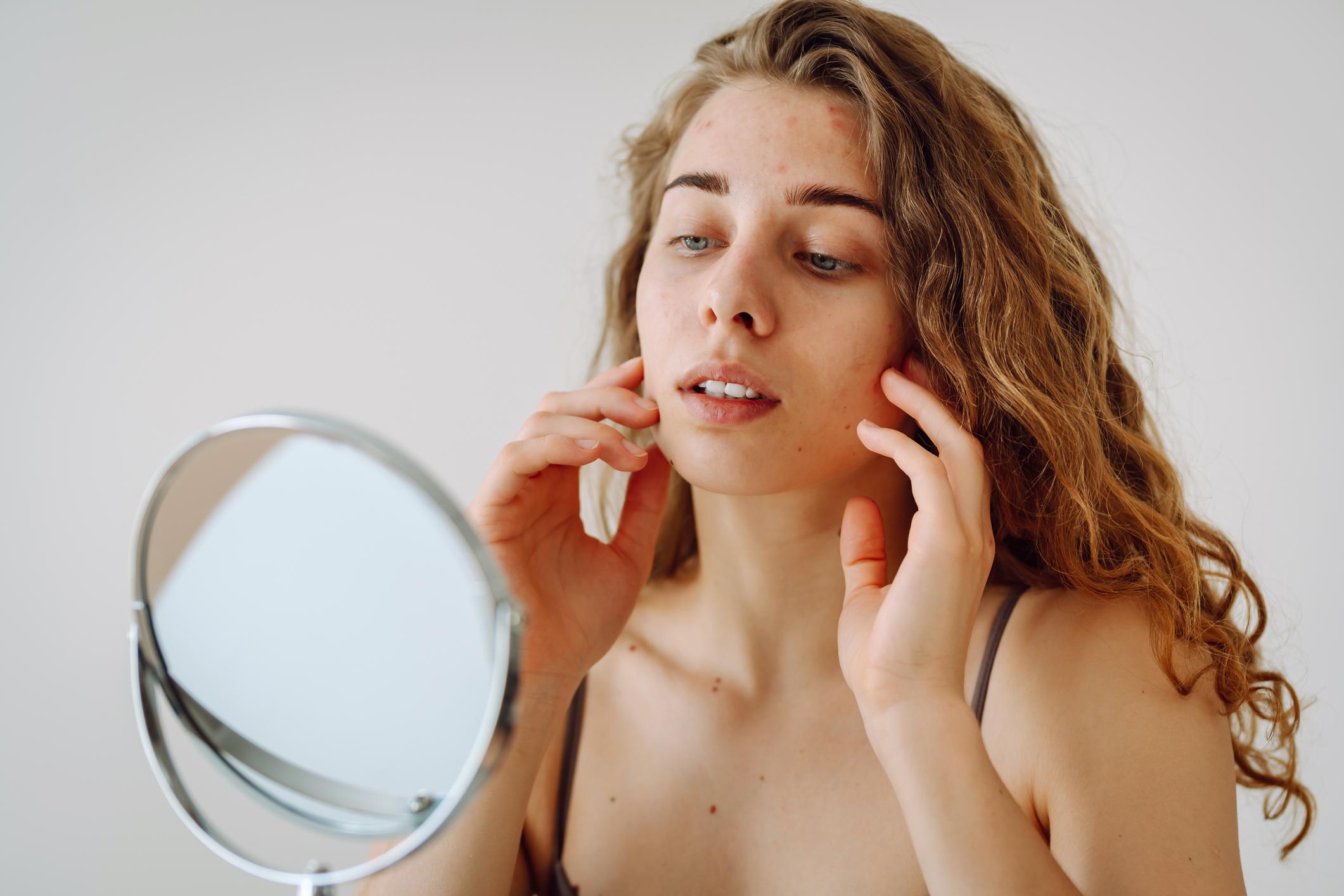Acne on the face would be different depending on the area where it is located. Hormones, genetics, bacteria, beauty products… What are the explanations?

- To limit the risk of acne, it is recommended to regularly wash your pillowcases, makeup brushes and disinfect your mobile phone.
- You should never squeeze pus out of a pimple yourself as this can damage the skin.
“Acne is common so should be easy to treat, explains Amy Kassouf, dermatologist. But many factors play a role, including genetics and hormones.. Where you have acne on your face can help determine how to treat it. Most dermatologists don’t physically “map” people, but the different areas of the face help determine what will work best for our patients.”. And all the more so if the acne reappears systematically on the same places.
Acne is often present in the T-zone
First of all, the T zone, the most prone to acne problems in many people. These are the forehead and the nose. “Blackheads are open comedones, where air can reach the sebum and dead skin cells in the pores, causing them to oxidize and darken. develops Amy Kassouf. With white pimples, the pore is always closed, and dead skin cells and sebum are not in contact with the air, so they naturally remain white“. Here, to treat acne, you have to cleanse the pores deeply with salicylic acid or benzoyl peroxide for example.
Acne: the appearance of pimples on the chin is linked to hormones
Acne on the jawline and chin often comes from hormones. The occurrence of pimples on the jaw affects more young boys, while teenage girls are more affected by the appearance of pimples on the chin, especially during their menstruation. “Acne here is likely to be deeper, bigger and more inflamed than elsewhere on the face“, underlines Amy Kassouf. To treat these pimples, it is therefore necessary to regulate the hormones. For girls, the solution often used is the prescription of a contraceptive pill which controls the hormones and therefore often reduces acne. For both sexes Also, the use of retinoids or sulfur can help regulate hormone-related skin issues.
Acne on the cheeks: what does this location mean?
When it comes to acne on the cheeks, that doesn’t mean much, according to Amy Kassouf. This could be due to genetics, contact with bacteria, or just plain chance. “The skin on your cheeks tends to dry out and irritate more easily than the skin on the rest of your face, so don’t overdo acne treatments“, advises the dermatologist. For this area, the same products as for the rest of the face should suffice – salicylic acid, benzoyl peroxide and retinoids – but applying the treatment only every other day on the cheeks .
Hair products are responsible for scalp acne
The last area that can be affected by acne is the hairline. This is often due to the hair products used which “tend to be very waxy and can build up at the hairline and cause breakouts (acne)”, explains Amy Kassouf. The best thing if you suffer from it is to change all the hair products so that they are better suited to your skin!















